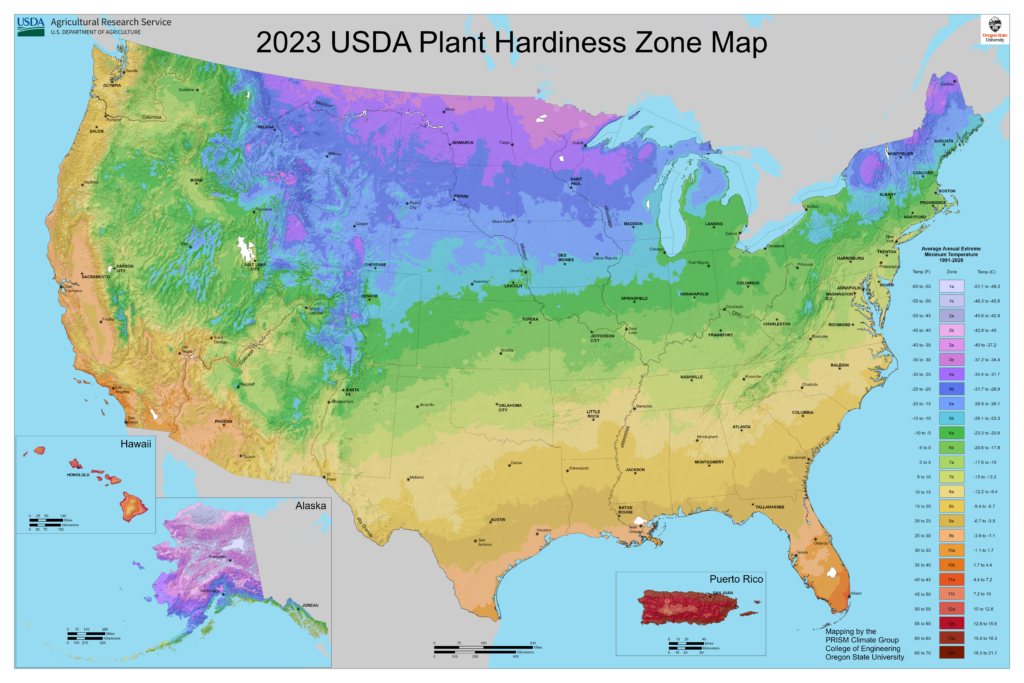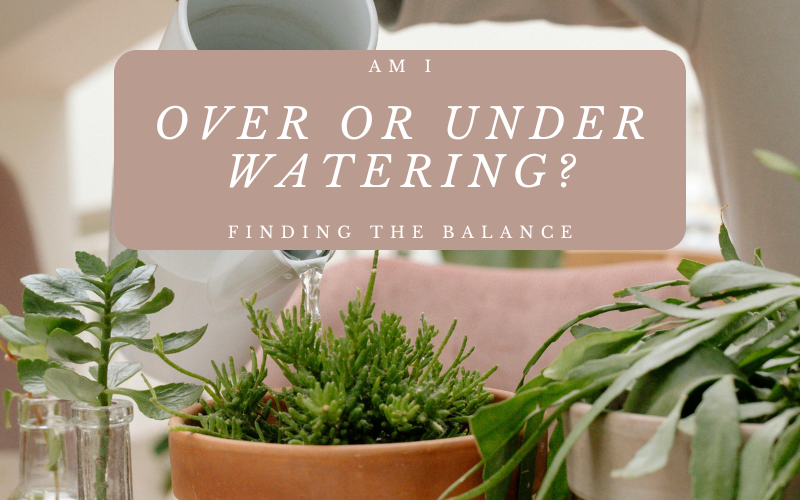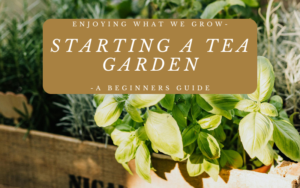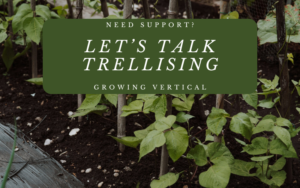Along with sunlight and air, water has to be one of the most important things that your plants need in order to grow. This is especially true when you are trying to grow produce that are made of more water than not like tomatoes and watermelon. The most common mistakes all gardeners make is with over or under watering their plants during their grow seasons. As we get more experienced, we begin to learn how much water each of our plants need but it is definitely a learning process that we must all go through.
One things it is important to learn is learn each individual plant’s water needs. There are some plants that might need water every day and there are some that might only need water once a week. The important factors to look at when determining watering needs are but not limited to climate and the zone that you live in, your soil type whether that be the native soil to your region or bought soil, the pot or container size vs in the ground planting, and the overall plant maturity.
No matter where you live in the world, you are apart of a specific climate that is based on your geographical location. The USDA has a interactive map that updates every 10 or so years to be more recent with the different climate changes. See below a picture of the map but there will be a link for you to check it out on your own! Along with the climate around you, the soil climate is also very important when it comes to watering. Depending on your soil retention, this can have an impact on the frequency of watering that you have to do as more loose and porous soil might require more water because of how quickly it drains vs a more dense and packed soil that might need less or be watered less frequently. In the future we will make a post on the relationship between soil types and water.

You might be wondering what are some signs of underwatering or overwatering? Let’s do a quick dive into some thing for you to look out for!
Signs of Overwatering
- Yellowing leaves (though not always a direct indicator)
- Wilting leaves despite the plant having wet soil
- Root Rot –
- Can lead to fungal diseases that are hard to see on the surface
- May also lead to root deacay
- A consistent smell of saturated soil
Signs of Underwatering
- Dry and/or crispy leaves
- Stunted plant growth
- Wilting
- Soil dry depth past recommended 2 inches
Here are some tools that can help you find the balance for watering your plants.
- Different methods of watering such as timed drip irrigation and soaker hoses.
- Mulching to help with water retention and reduce the need for frequent waterings.
- Using moisture meters to check soil moisture levels before watering
- Using your finger or a chopstick to measure soil moisture via depth and feel
- Creating personalized schedule that include your soil type, hardiness zone and plants needs.
There are some additional considerations that you need to take into account when made decisions on how much water to give your plants. Most if not all plants follow the seasons when it comes to their growing patterns and as gardeners or simply plant lovers in general it is important that we follow our plants when it comes to giving them the care that they need. In the fall and winter when its cooler out, plants may not need as much water because the sun is out less and not evaporating as much water during the spring and summer months. It is also important to look at the watering needs for your plants if they are indoor vs outdoor.
For now though, I hope you have a basic understanding of what over watering and underwatering and some of the factors that can help you find that sweet spot. Keep a close eye on your plants and make sure to adjust your practices as you go and and learn!
And until next time, Plant with a Purpose! – BTR




